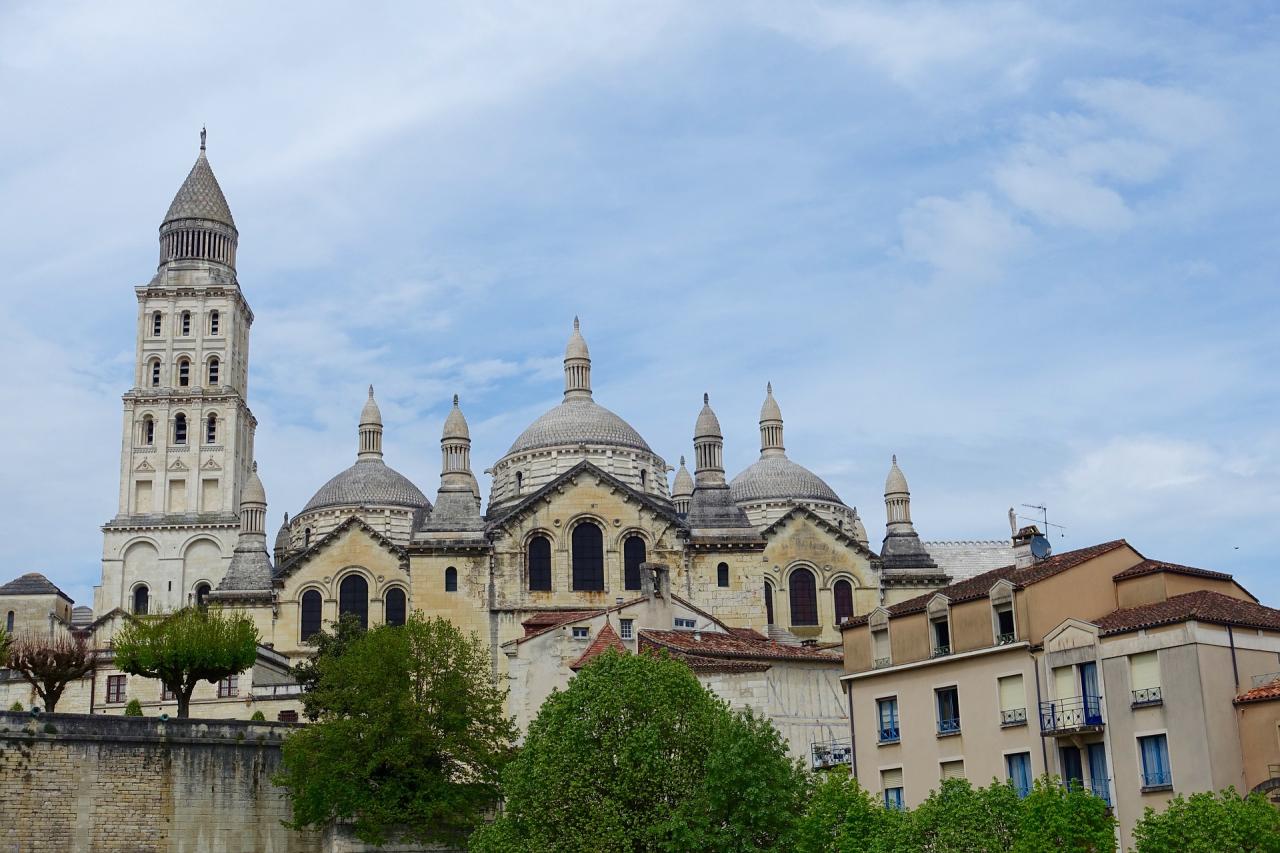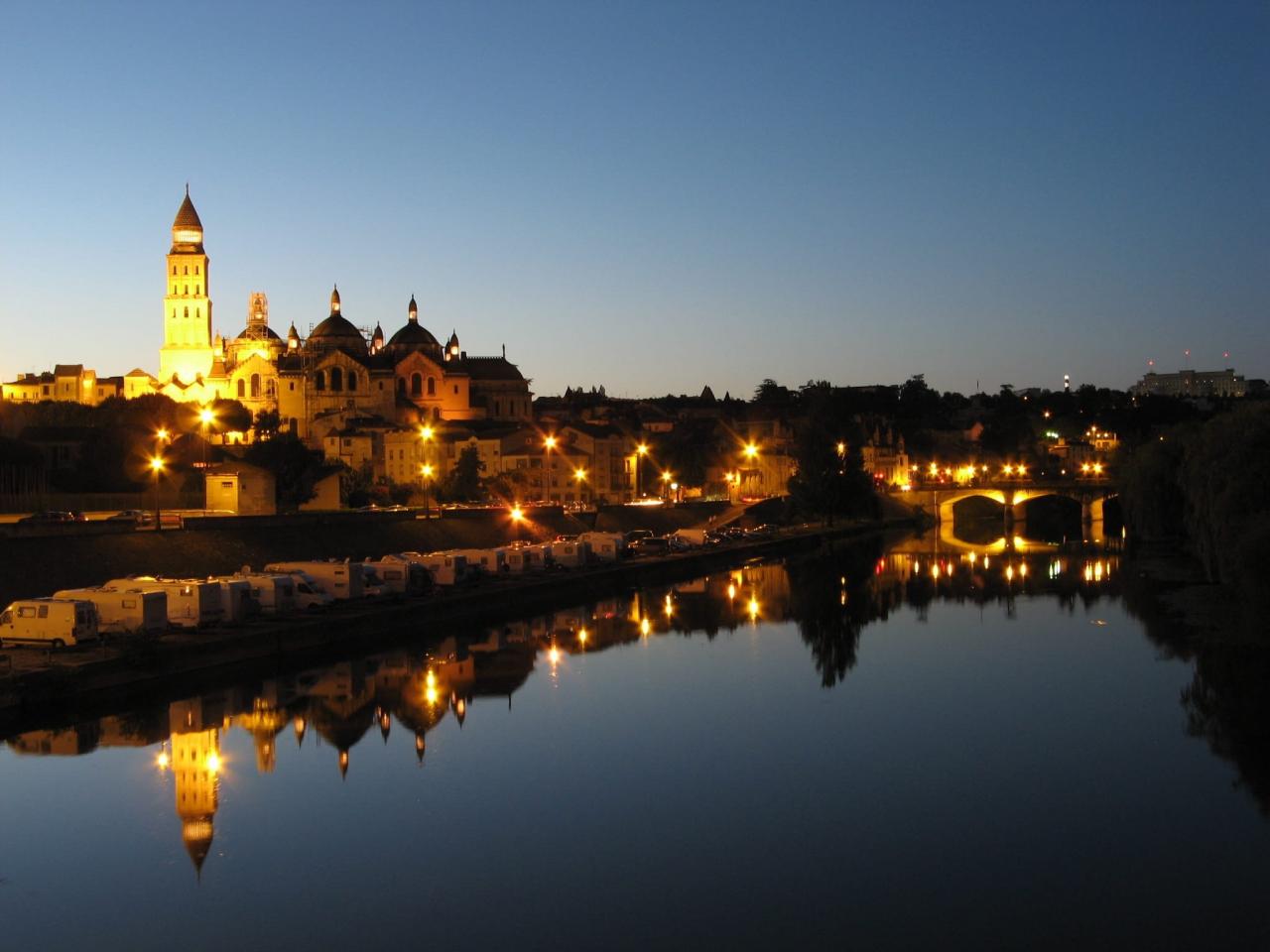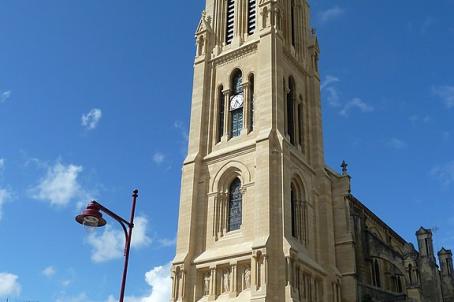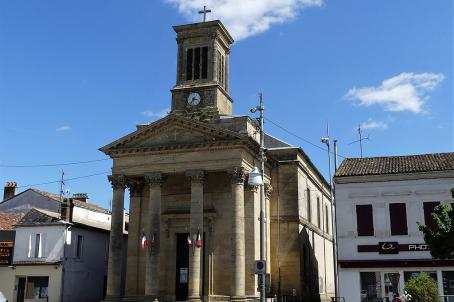Périgueux Cathedral
The building was first built between 1125 and 1150, and threatened to be ruined, the cathedral was restored between 1852 and 1890 under the direction of Paul Abadie. The architect demolished the masonry to the floor of the church and rebuilt all the domes and added the bell towers. After the war of 1870, Abadie rebuilt the new choir after the demolition of the Saint Antoine chapel in the 14th century. From 1874 to 1879 the western dome, pillars, large arches and pendants were rebuilt.







